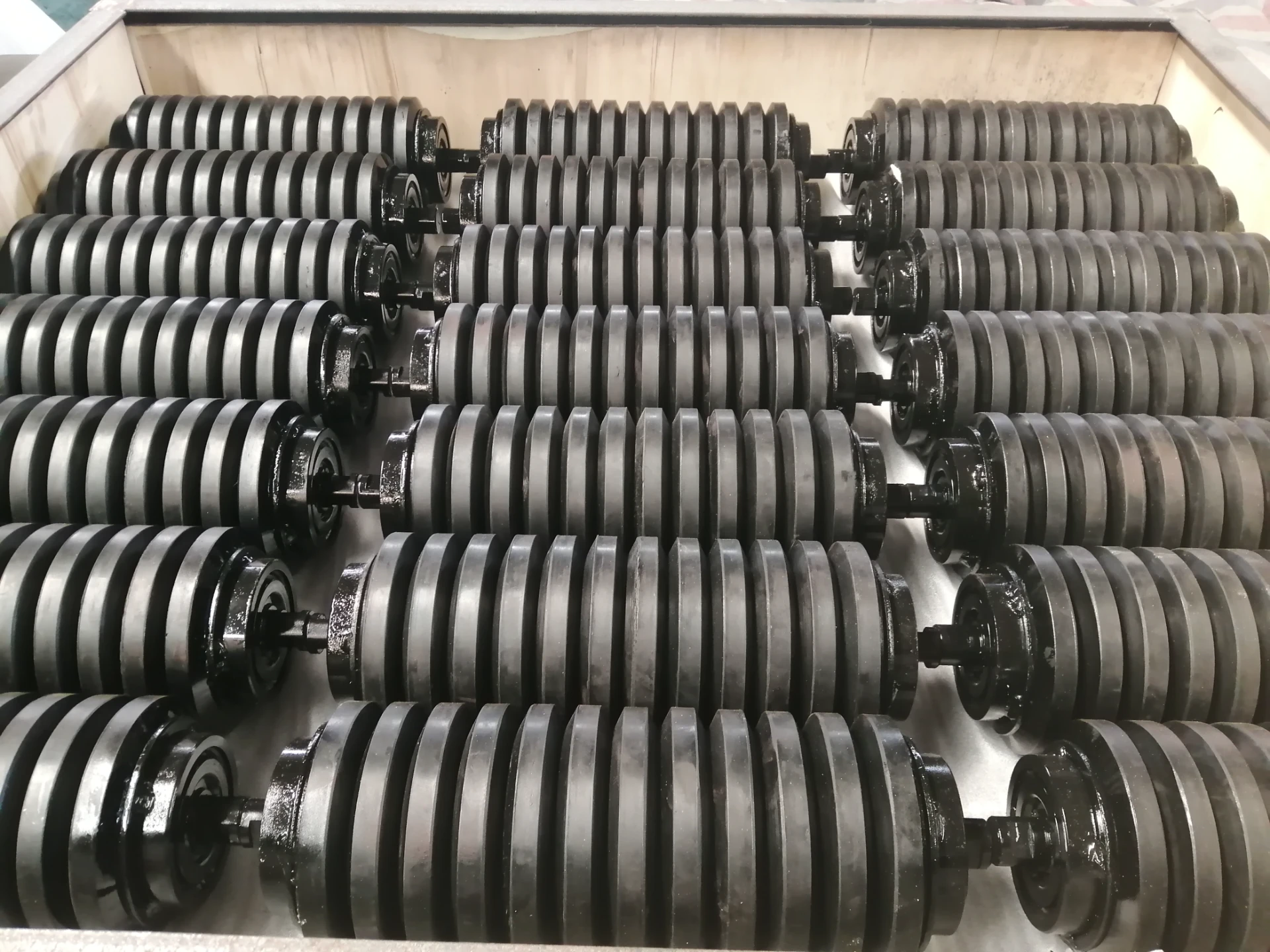 Afrikaans
Afrikaans  Albanian
Albanian  Amharic
Amharic  Arabic
Arabic  Armenian
Armenian  Azerbaijani
Azerbaijani  Basque
Basque  Belarusian
Belarusian  Bengali
Bengali  Bosnian
Bosnian  Bulgarian
Bulgarian  Catalan
Catalan  Cebuano
Cebuano  Corsican
Corsican  Croatian
Croatian  Czech
Czech  Danish
Danish  Dutch
Dutch  English
English  Esperanto
Esperanto  Estonian
Estonian  Finnish
Finnish  French
French  Frisian
Frisian  Galician
Galician  Georgian
Georgian  German
German  Greek
Greek  Gujarati
Gujarati  Haitian Creole
Haitian Creole  hausa
hausa  hawaiian
hawaiian  Hebrew
Hebrew  Hindi
Hindi  Miao
Miao  Hungarian
Hungarian  Icelandic
Icelandic  igbo
igbo  Indonesian
Indonesian  irish
irish  Italian
Italian  Japanese
Japanese  Javanese
Javanese  Kannada
Kannada  kazakh
kazakh  Khmer
Khmer  Rwandese
Rwandese  Korean
Korean  Kurdish
Kurdish  Kyrgyz
Kyrgyz  Lao
Lao  Latin
Latin  Latvian
Latvian  Lithuanian
Lithuanian  Luxembourgish
Luxembourgish  Macedonian
Macedonian  Malgashi
Malgashi  Malay
Malay  Malayalam
Malayalam  Maltese
Maltese  Maori
Maori  Marathi
Marathi  Mongolian
Mongolian  Myanmar
Myanmar  Nepali
Nepali  Norwegian
Norwegian  Norwegian
Norwegian  Occitan
Occitan  Pashto
Pashto  Persian
Persian  Polish
Polish  Portuguese
Portuguese  Punjabi
Punjabi  Romanian
Romanian  Russian
Russian  Samoan
Samoan  Scottish Gaelic
Scottish Gaelic  Serbian
Serbian  Sesotho
Sesotho  Shona
Shona  Sindhi
Sindhi  Sinhala
Sinhala  Slovak
Slovak  Slovenian
Slovenian  Somali
Somali  Spanish
Spanish  Sundanese
Sundanese  Swahili
Swahili  Swedish
Swedish  Tagalog
Tagalog  Tajik
Tajik  Tamil
Tamil  Tatar
Tatar  Telugu
Telugu  Thai
Thai  Turkish
Turkish  Turkmen
Turkmen  Ukrainian
Ukrainian  Urdu
Urdu  Uighur
Uighur  Uzbek
Uzbek  Vietnamese
Vietnamese  Welsh
Welsh  Bantu
Bantu  Yiddish
Yiddish  Yoruba
Yoruba  Zulu
Zulu conveyor components & parts
Understanding Conveyor Components and Parts An Essential Guide
Conveyor systems play a crucial role in modern industries, facilitating the efficient movement of goods, materials, and products. These systems consist of various components and parts, each designed to perform specific functions in ensuring reliable operation. Understanding these components not only aids in the maintenance of conveyor systems but also enhances the design and installation processes.
Types of Conveyor Systems
Before diving into the components, it's important to highlight the different types of conveyor systems available. Common types include
1. Belt Conveyors These are perhaps the most widely used conveyor systems, characterized by a continuous belt that moves materials from one point to another. They are ideal for transporting bulk materials and can be configured into various shapes and lengths.
2. Roller Conveyors These utilize rollers mounted on frames to allow products to roll from one location to another. They can be powered or gravity-driven, making them versatile for different applications.
3. Chain Conveyors Typically used for heavy or bulky items, chain conveyors employ a series of chains to move materials. They are ideal for automotive and manufacturing environments.
4. Screw Conveyors These consist of a rotating helical screw, which efficiently moves materials through a trough. They are excellent for handling bulk materials, particularly in processes involving powdery or granular substances.
Key Components of Conveyor Systems
1. Belts In belt conveyors, the belt itself is a critical component. Made from materials such as rubber, PVC, or fabric, the choice of belt material influences durability and flexibility. The belt must be properly aligned and tensioned for optimal performance.
conveyor components & parts

2. Rollers Rollers serve as support mechanisms for the belt in belt conveyors or the products in roller conveyors. They reduce friction and wear, allowing for smoother movement of materials. It’s important to choose the right type and size of rollers to match the specific application.
3. Drives The drive system powers the conveyor. It typically consists of an electric motor that drives a pulley or a chain. Proper selection and maintenance of the drive system are vital for ensuring the system operates efficiently under load.
4. Idlers Idlers are crucial in supporting the belt and maintaining its alignment. They come in various types, including return idlers and troughing idlers, each serving a distinct function to optimize material flow and minimize belt wear.
5. Chassis The chassis forms the structural framework of the conveyor system. It is designed to withstand the weight of the materials being moved and should be constructed from durable materials to ensure longevity.
6. Controls Modern conveyor systems are often equipped with control systems that include sensors and automation technologies. These controls facilitate load detection, speed regulation, and system monitoring, enhancing overall efficiency and safety.
7. Accessories A variety of accessories can be added to conveyor systems to improve functionality. These include guidance systems, loading and unloading devices, guards, and safety features such as emergency stop buttons.
Importance of Maintenance
Regular maintenance of conveyor components is essential to ensure the longevity and efficiency of the system. This includes routine inspections, lubrication of moving parts, and the timely replacement of worn components. A proactive maintenance strategy can prevent costly breakdowns and downtime.
Conclusion
Understanding the various components and parts of conveyor systems is vital for anyone involved in the design, installation, or maintenance of these systems. The efficiency and reliability of a conveyor system largely depend on the careful selection, integration, and upkeep of its components. As industries continue to evolve, the importance of efficient material handling solutions only grows, highlighting the significance of proficient conveyor systems in operational success. By recognizing the role of each component, businesses can optimize their conveyor systems for improved productivity and performance.
-
Revolutionizing Conveyor Reliability with Advanced Rubber Lagging PulleysNewsJul.22,2025
-
Powering Precision and Durability with Expert Manufacturers of Conveyor ComponentsNewsJul.22,2025
-
Optimizing Conveyor Systems with Advanced Conveyor AccessoriesNewsJul.22,2025
-
Maximize Conveyor Efficiency with Quality Conveyor Idler PulleysNewsJul.22,2025
-
Future-Proof Your Conveyor System with High-Performance Polyurethane RollerNewsJul.22,2025
-
Driving Efficiency Forward with Quality Idlers and RollersNewsJul.22,2025





























